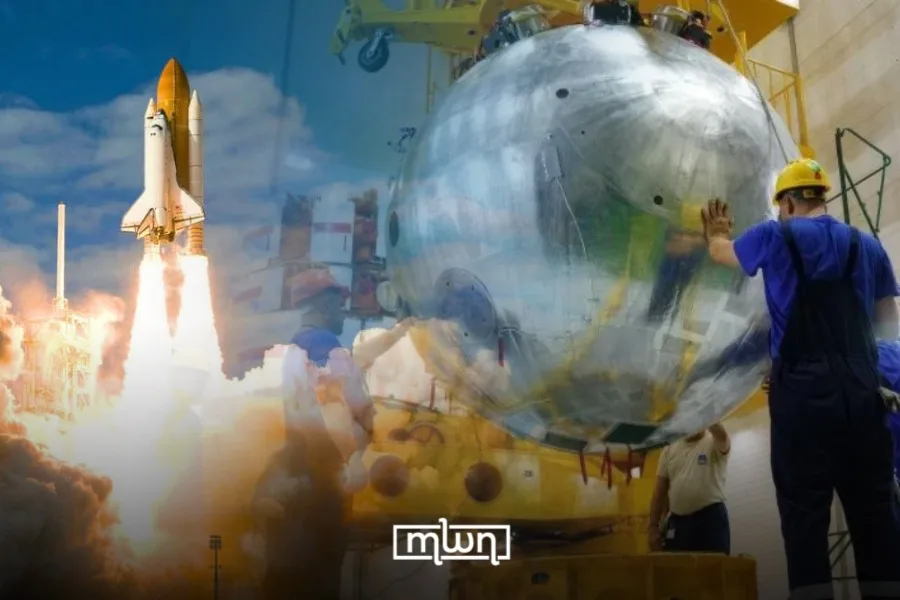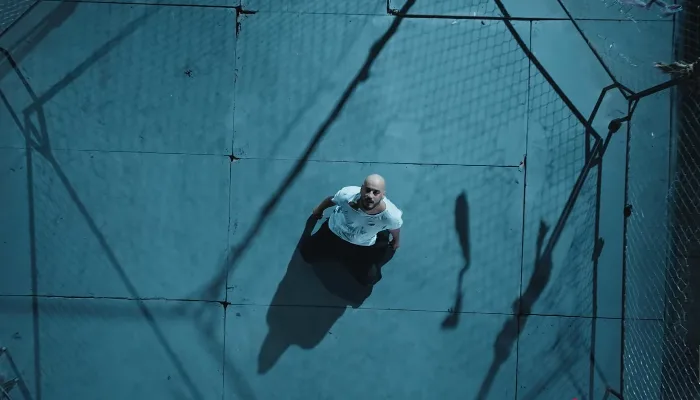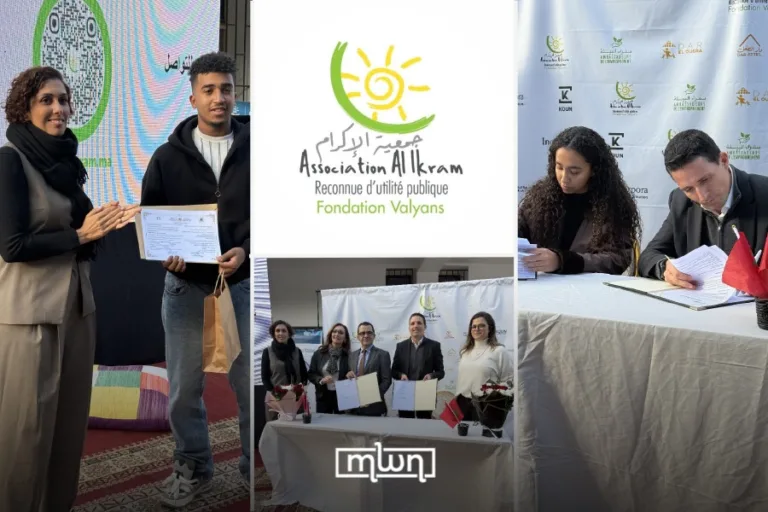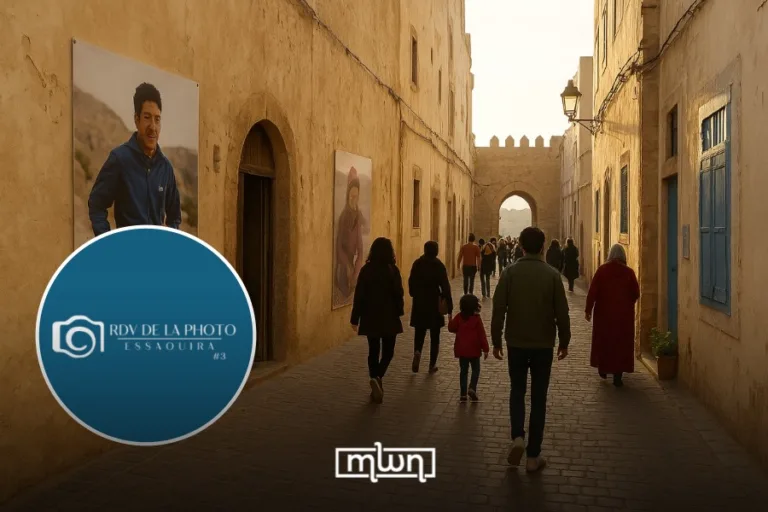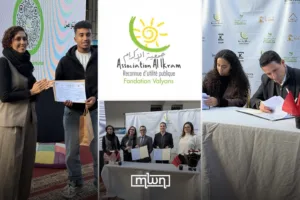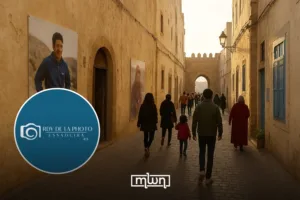Scientists are turning to mice, fruit flies, and lunar dust to prepare humanity for deep-space travel.
Fez– Russia is taking a bold step toward the dream of human colonization beyond Earth, launching a mission that looks more like a miniature ark than a spacecraft.
On August 20, 2025, a Soyuz-2.1b rocket will lift off from the Baikonur Cosmodrome in Kazakhstan, carrying a satellite called Bion-M No. 2.
Its passengers? Seventy-five mice, over a thousand fruit flies, and an assortment of biological samples, all bound for a 30-day journey in orbit.
The mission, nicknamed “Noah’s Ark” for its diverse living cargo, will expose these organisms to elevated levels of cosmic radiation and microgravity.
Scientists hope the findings will provide crucial insights into how space travel affects living systems — knowledge essential for long-term human missions to the Moon, Mars, and beyond.
Studying space radiation through mice and microgravity
The central experiment focuses on mice, chosen for their genetic similarity to humans and their sensitivity to radiation.
The rodents will be split into three groups: one living in normal conditions on Earth, another in a ground-based flight simulator, and a third spending 30 days in orbit.
This setup will allow scientists to compare how different environments affect physiology and health.
Each mouse’s tiny capsule is equipped with life-support systems: ventilation, lighting, food supplies, waste removal and even microchips to track changes inside their bodies in real time.
Cameras and sensors will stream constant data back to Earth, helping researchers understand how these animals adapt to weightlessness and, just as importantly, how they readapt once gravity returns.
The results could guide future strategies to protect astronauts from radiation exposure during prolonged missions, which is one of the greatest obstacles to deep-space exploration.
Lunar simulation materials: testing how we might build on the Moon
Bion-M No. 2 isn’t only carrying animals. It’s also hauling lunar regolith simulants, which are engineered dust and rock designed to mimic the Moon’s surface.
Once the materials return to Earth, scientists will analyze how radiation and vacuum conditions affect them.
Why does this matter? Future lunar bases will likely need to be built using local resources rather than shipped from Earth.
Understanding how Moon-like materials respond to space conditions is key to figuring out how to construct durable habitats for long-term settlement.
What fruit flies reveal about life in space
Alongside the mice are more than a thousand fruit flies, tiny but mighty contributors to biological science.
Their short life cycles and well-mapped genetics make them perfect for studying how organisms of different complexity react to microgravity and radiation.
Combining data from both species will give scientists a more complete picture of spaceflight’s biological toll.
A high-radiation orbit to push research further
Unlike previous missions, this satellite will orbit at an inclination of about 97 degrees, deliberately chosen to double the radiation exposure compared to its predecessor, Bion-M No. 1.
This harsher environment will provide researchers with a clearer understanding of how deep-space radiation damages tissues and accelerates biological aging, while also testing methods to mitigate these effects.
The mission’s findings could inspire new technologies to shield astronauts and support human health during multi-year trips through space.
Building the biological roadmap for future explorers
For space agencies worldwide, it’s an urgent question: how do we keep explorers safe when there’s no quick return to Earth?
By tracking how living creatures cope with the stresses of orbit, Russia’s Bion-M No. 2 mission is laying groundwork for the next generation of human exploration.
The data will help scientists develop better countermeasures against radiation, fine-tune spacecraft life-support systems, and plan settlements on the Moon and Mars using local resources.
In other words, “Noah’s Ark” is a preview of humanity’s next giant leap. The tiny travelers on this mission may one day help us decide how, and where, humans will live beyond our home planet.

